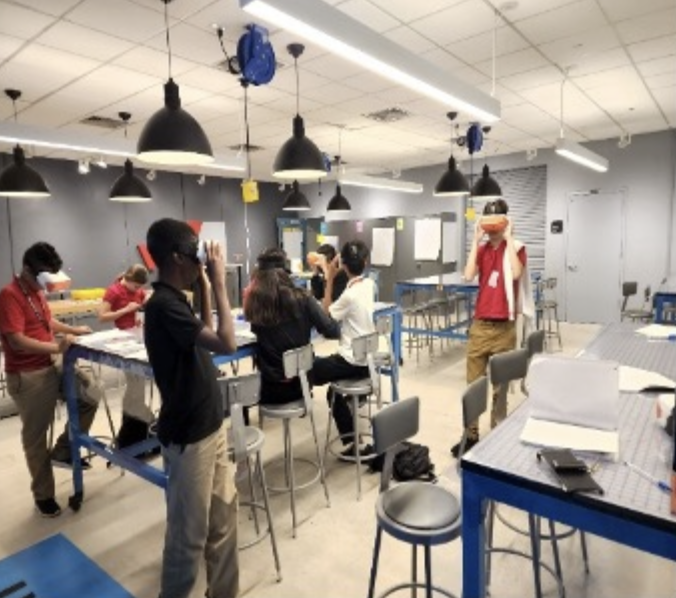
As we look toward the future, sustainability and the wellness of our planet are top priorities. In its mission to eradicate poverty by 2030, the UN outlined its 17 Sustainable Development Goals, highlighting the need to bring sustainability initiatives to the next generation. Sustainability lessons in school are a great way to start.
For our students at Hammocks Middle School in Florida, these issues do not affect a faraway place. In Miami — where no beach is more than 20 minutes away; where freshwater canals are turning brackish due to rising sea levels, thus impacting our wildlife; where our precious resources are being impacted by climate change, even to the point of seeing hurricanes form in areas not typical — these goals hit home.
Sustainability lessons in the classroom
Extreme temperature changes, severe weather and even the way disasters are forming are sounding the alarm on sustainability globally. It’s imperative that our current K-12 students — who will ultimately inherit a world impacted by climate change — understand how to combat it. While this could mean making personal changes and being cognizant of how human decisions increase our footprint, it could also mean opening students up to a world of careers in sustainability, environmental sciences and climate technology. This is where learning and sustainability collide.
Through Hammocks’ Verizon Innovative Learning lab, we’ve gained access to augmented reality, virtual reality, Ultimaker printers, 360-degree cameras and other tech capabilities and tools that we are using to engage students in sustainability conversations. Using the power of AR and VR, we are able to make sustainability – which may seem like an abstract concept to middle school students — come to life. Any lab mentor or technology teacher would revel in the possibilities of being able to transport their students to an interactive world where they can apply their knowledge and put the concepts they are learning on display.
An ocean of possibilities
Conceptualizing sustainability for students can be harder to do within the four walls of a classroom, but with AR and VR, students are literally able to get out of their seats and enter a new universe they have the power to create.
My middle-schoolers participated in a lesson where they made their own water-based planet known as Aqua World. Students created their version of Aqua World, keeping in mind the overarching concept of sustaining water. What are the human factors that damage our waterways? How do we combat this and create a world with sustainable, healthy waterways? This is the critical thinking of students who are given the opportunity to be creative and interactive with their learning.
Looking beyond the sustainability lessons, students also gain a sense of autonomy and ownership over their work when creating their own worlds and exploring the many options AR and VR has to offer them.
Dive into tech
It can be overwhelming to take in all the new tech developments and innovation going on right before our eyes. For younger teachers, these concepts may be easier to grasp, but veteran teachers may be more hesitant about implementing tech in the classroom.
For teachers who haven’t considered the benefits of AR and VR, or who are concerned about their own knowledge on how to use this tech, I still implore you to take the leap.
Current K-12 students have had technology at their fingertips for their whole lives. Many may not only pick up on the tech quickly but also may help their teachers learn as well.
Students can lead the charge by taking ownership of their work and helping their peers. By elevating the status of the student in the classroom, we are telling them that they can be leaders, learn from mistakes and solve problems — all hallmarks of successful STEM students and future sustainability changemakers.
Lois Seaman is the Innovation Lab mentor at Hammocks Middle School in Miami, Fla., which has a Verizon Innovative Learning Lab.
Opinions expressed by SmartBrief contributors are their own.
_________________________
Subscribe to SmartBrief’s FREE email newsletter to see the latest hot topics on EdTech. It’s among SmartBrief’s more than 250 industry-focused newsletters.
